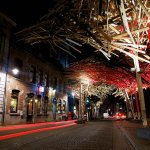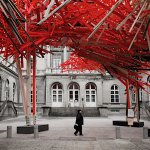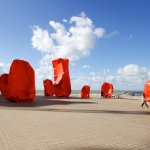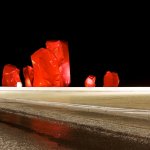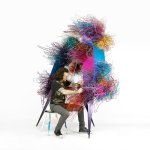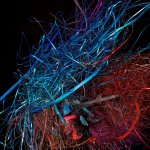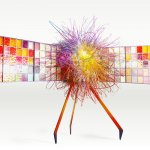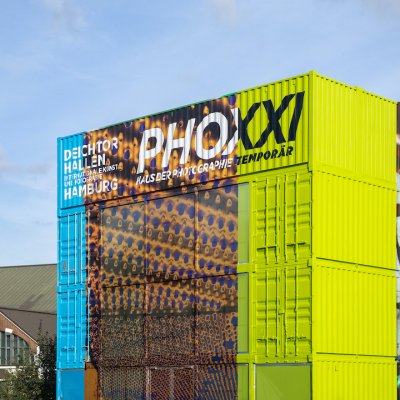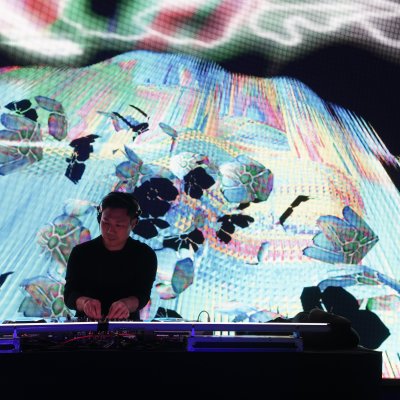Within the temporary autonomous zone of California’s infamous Burning Man festival, artists create works intended as fuel for flames at the event’s conclusion.
Such was the fate that befell Uchronia, the sculptural pavilion made entirely of wooden planks and fastenings by Flemish artist Arne Quinze in 2006. For its brief duration, the huge, graceful structure provided shade from the desert sun and inspiration for the festival participants—who numbered in the tens of thousands—but it also marked the start of a new strand in the artist’s work. Quinze—who began as a graffiti artist and never finished formal art studies—has a successful career with kinetic sculptures, but his larger-scale works can be considered a series born from Uchronia, transforming a city landscape at their installation point and becoming their own temporary spaces.You can see his idea of temporary spaces scaled down in his Stilthouses series. Portrayed as a metaphor for human beings, the tall, thin, architectural sculptures appear fragile and shaky standing on two narrow legs—as humans do, but we possess enormous flexibility enabling us to adapt. Our lives are fragile, but we survive. Seen together with his large installations—which can be viewed as many stilthouses together—we are stronger together, uniting our strength.


